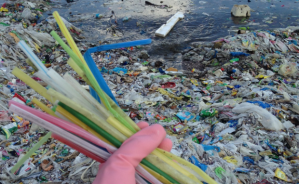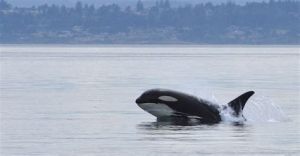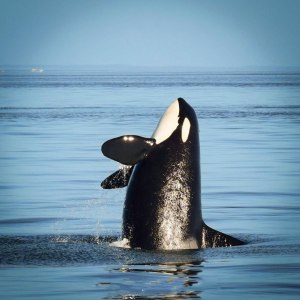
Humpback whales have been hunted almost to the edge of extinction for hundreds of years. However, major efforts to protect them in the past forty years have finally paid off in significant and measurable ways, as shown in an NOAA Fisheries announcement this week reporting that 9 of 14 known humpback populations worldwide have now recovered enough to be removed from the US List of Endangered and Threatened Wildlife, most of which are in the southern hemisphere. “The data behind the humpback delisting is solid,” says NOAA marine ecologist Robert Pitman, a NatGeo Society grant recipient studying these amazing creatures. “Those of us that have been on the water working with whales for the past thirty to forty years have been amazed at the recovery that we have seen.”
Marta Nammack, NOAA Fisheries’ national Endangered Species Act listing coordinator, notes that while five humpback populations are still struggling and will remain on the list, it makes sense to remove the groups that have been successful at recovering. Each of the fourteen populations that make up the estimated 100,000 total humpbacks are recognized as being genetically distinct, suggesting that the populations’ statuses and threats to their survival should be studied and assessed separately. For example, she says, lethal entanglement in fishing nets is a much greater extinction threat for the 82 humpbacks remaining in the Arabian Sea, as compared with the 10,000 whales in the Hawaiian humpback population. “We may not be able to delist the entire species,” says Nammack, “but by dividing them up the way we did, we can see substantial progress for their recovery across a good portion of the species.”
Prior to the humpbacks, distinct gray whale populations were delisted separately from one another depending on various extinction threats they faced. After a successful recovery, the Eastern North Pacific population of gray whales was removed from the Endangered Species List in 1994, but the Western North Pacific population remains an endangered group.
The delisting of several humpback populations will not mean that they will become instantly vulnerable to hunting and other manmade threats that would cause their numbers to plunge. In fact, every humpback population will remain protected by the Marine Mammal Protection Act, which bans harassing, feeding, hunting, capturing, collecting, or killing any marine mammal in US waters. In addition, the International Whaling Commission has banned hunting humpbacks since 1982.
NOAA Fisheries reported filing two regulations that mandate whale watching and other boats keep a 100-yard distance from all humpbacks. “The decision [to delist] shows the power of the Endangered Species Act. But the job isn’t done,” says Center for Biological Diversity staff attorney Kristen Monsell. She describes the threats that climate change, ocean noise, and ship strikes will continue to pose to humpbacks, making maintenance of existing protections necessary. “We’re lucky to share our oceans with these amazing animals, and we should be doing everything we can to protect them,” she says.
Nammack and Pitman point out that the delisting is exciting news not only for humpbacks, but also for the laws and programs that helped them along the way to recovery. Concludes Pitman, “This is a win for humpbacks and the listing process. Delisting is ultimately what we are all after.”

Source: Bittel, Jason. “The Plan to Save the Humpback Whales—and How It Succeeded.” National Geographic. 9 Sept 2016.
Wildlife Conservation Film Festival
Biodiversity & Wildlife Crime Conference
Christopher J. Gervais, F.R.G.S.
Founder & CEO
Christopher@WCFF.org
www.WCFF.org
Facebook.com/WCFForg
Twitter: @WCFF_org
Twitter: @CJGERVAIS
Instagram: @wcff_org
Vimeo.com/wcff
dailymotion.com/WCFF1













